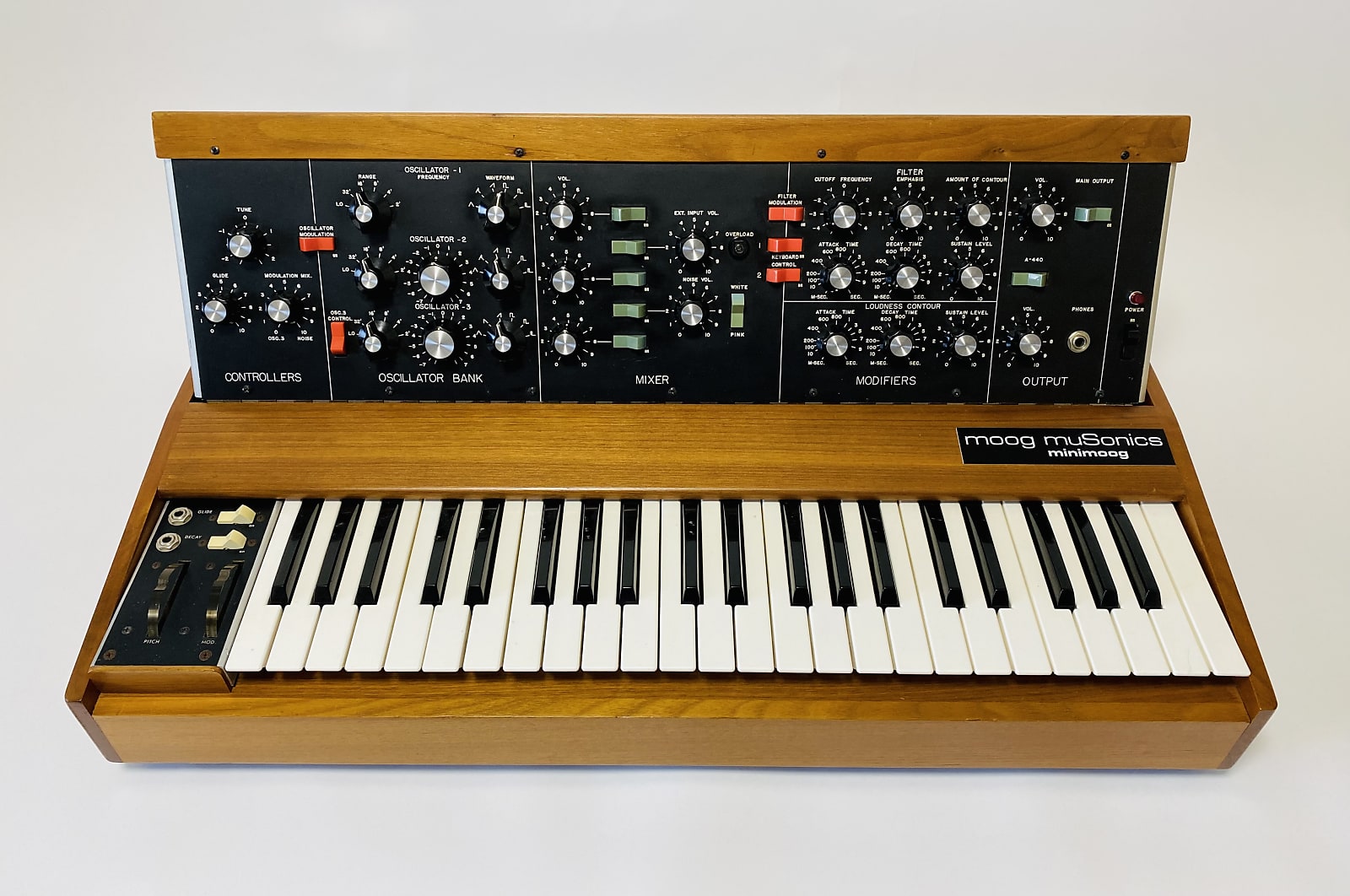"If the woofer can reproduce 40Hz with low distortion, how fast the woofer starts is almost irrelevant (within reason of course). It only needs to accelerate fast enough to match the rise time of 40Hz at the fastest point along a 40Hz sine wave. If the woofer can do that, it is going as fast as it needs to in order to be as fast as fast can be -- at 40Hz."
This may be fine if you are just listening to sine waves. But what about a square wave or sawtooth wave where the woofer has to pop out to its maximum travel instantaneously? And please don’t say there are no square waves used in music.
In fact, there is not a sine wave anywhere to be found on a MiniMoog.


